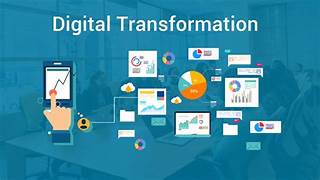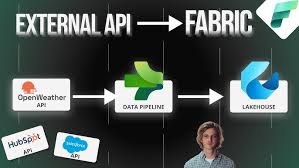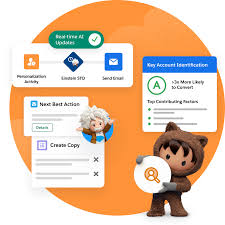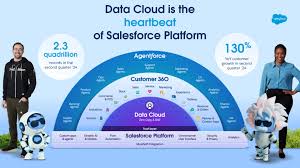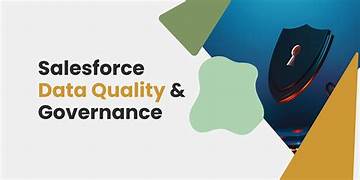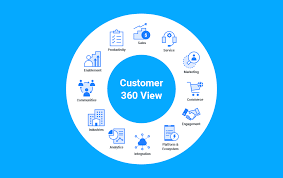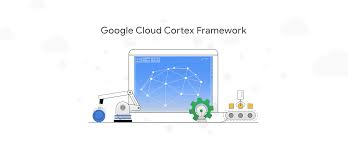AI and Digital Transformation
The buzz around AI has become the latest trend, but there’s a deeper truth behind it. While some may joke that AI’s rise means no longer needing to discuss Digital Transformation, the reality is quite the opposite. Communication Service Providers (CSPs) and infrastructure companies that have embraced Digital Transformation are now reaping the rewards of AI. But what exactly is Digital Transformation, and how has it paved the way for AI? Let’s explore. The Digital Transformation Journey Digital transformation is about more than just adopting new technologies. It involves integrating digital technology into every aspect of a business, fundamentally altering how operations are conducted and how value is delivered to customers. This transformation requires a cultural shift, pushing organizations to challenge the status quo, experiment with new ideas, and embrace the possibility of failure. For CSPs that have successfully undergone digital transformation, the benefits are clear: streamlined operations, enhanced customer experiences, and valuable data insights. This transformation has created the ideal environment for AI to thrive, as AI relies on vast amounts of data, particularly structured data. The COVID-19 pandemic accelerated the pace of digital transformation, especially for CSPs. As companies adapted to new ways of working and serving customers, the need for robust digital infrastructure became more apparent. The surge in demand for digital services—driven by remote work, e-learning, and online communication—highlighted the importance of digital agility and the ability to leverage AI to meet rapidly changing customer needs. The pandemic not only pushed CSPs to advance their digital transformation efforts but also to innovate more quickly, ensuring they remain competitive in a fast-evolving digital landscape. The AI and Data Dilemma AI is revolutionizing industries by enabling smarter decision-making, process automation, and personalized customer experiences. However, AI’s effectiveness is heavily dependent on data—clean, well-organized, and easily accessible data. This is where digital transformation becomes crucial. CSPs that have invested in digital transformation have the necessary infrastructure to effectively collect, store, and analyze data, providing the fuel that powers AI. The Consequences of Falling Behind CSPs that have not embraced digital transformation face significant challenges in the AI race. Without a solid digital foundation, these companies struggle to harness AI’s potential. Their data is often siloed, outdated, or simply unusable. Many organizations still operate with multiple billing systems and customer care platforms for each line of business, all functioning in silos without any cross-functional intelligence. Attempting to implement AI on a weak digital foundation is akin to building the house on the sand—it’s doomed to fail. Without digital transformation, companies lack the infrastructure needed to support AI initiatives, resulting in missed opportunities for efficiency gains, cost savings, and competitive advantages. This is a common reason why enterprises fail in AI adoption, with Gartner reporting that over 80% of enterprises struggle with data quality or quantity issues. Real-World Examples Companies like Amazon and Netflix have successfully undergone digital transformation and are now leveraging AI to enhance their services. Amazon uses AI for personalized recommendations and optimizing its supply chain, while Netflix utilizes AI to analyze viewer preferences and recommend content that keeps users engaged. Conversely, companies slow to adopt digital transformation face significant challenges. Traditional retailers, for example, struggle to compete with e-commerce giants. Without the ability to leverage AI for personalized marketing and inventory management, they are losing market share. The Role of IFS IFS, through its flagship product IFS Cloud, offers a unified platform with a consistent data layer, ensuring that all data is clean, well-organized, and accessible. IFS also applies “Industrial AI,” embedding AI into applications where and when it makes sense. This approach ensures that AI evolves with the product and that the necessary AI governance is embedded. By integrating AI in a way that aligns with CSP operations, IFS not only supports AI implementation but also guides organizations through their digital transformation journey in a symbiotic manner. The Path Forward The key takeaway is clear: If an organization hasn’t started its digital transformation journey, the time to begin is now. Embracing change, investing in technology, and fostering a culture that values innovation will position companies to fully leverage AI and maintain a competitive edge. Starting with AI without a strong data foundation can lead to costly investments that fail to deliver the expected efficiencies. Digital transformation is not a one-time project but an ongoing process. Companies must remain open to advances, continuously experiment, and not fear failure. Remember Edison never said he failed. He just discovered another way not to create a light bulb. The future belongs to those who are willing to adapt and evolve. Like Related Posts Salesforce OEM AppExchange Expanding its reach beyond CRM, Salesforce.com has launched a new service called AppExchange OEM Edition, aimed at non-CRM service providers. Read more The Salesforce Story In Marc Benioff’s own words How did salesforce.com grow from a start up in a rented apartment into the world’s Read more Salesforce Jigsaw Salesforce.com, a prominent figure in cloud computing, has finalized a deal to acquire Jigsaw, a wiki-style business contact database, for Read more Service Cloud with AI-Driven Intelligence Salesforce Enhances Service Cloud with AI-Driven Intelligence Engine Data science and analytics are rapidly becoming standard features in enterprise applications, Read more

